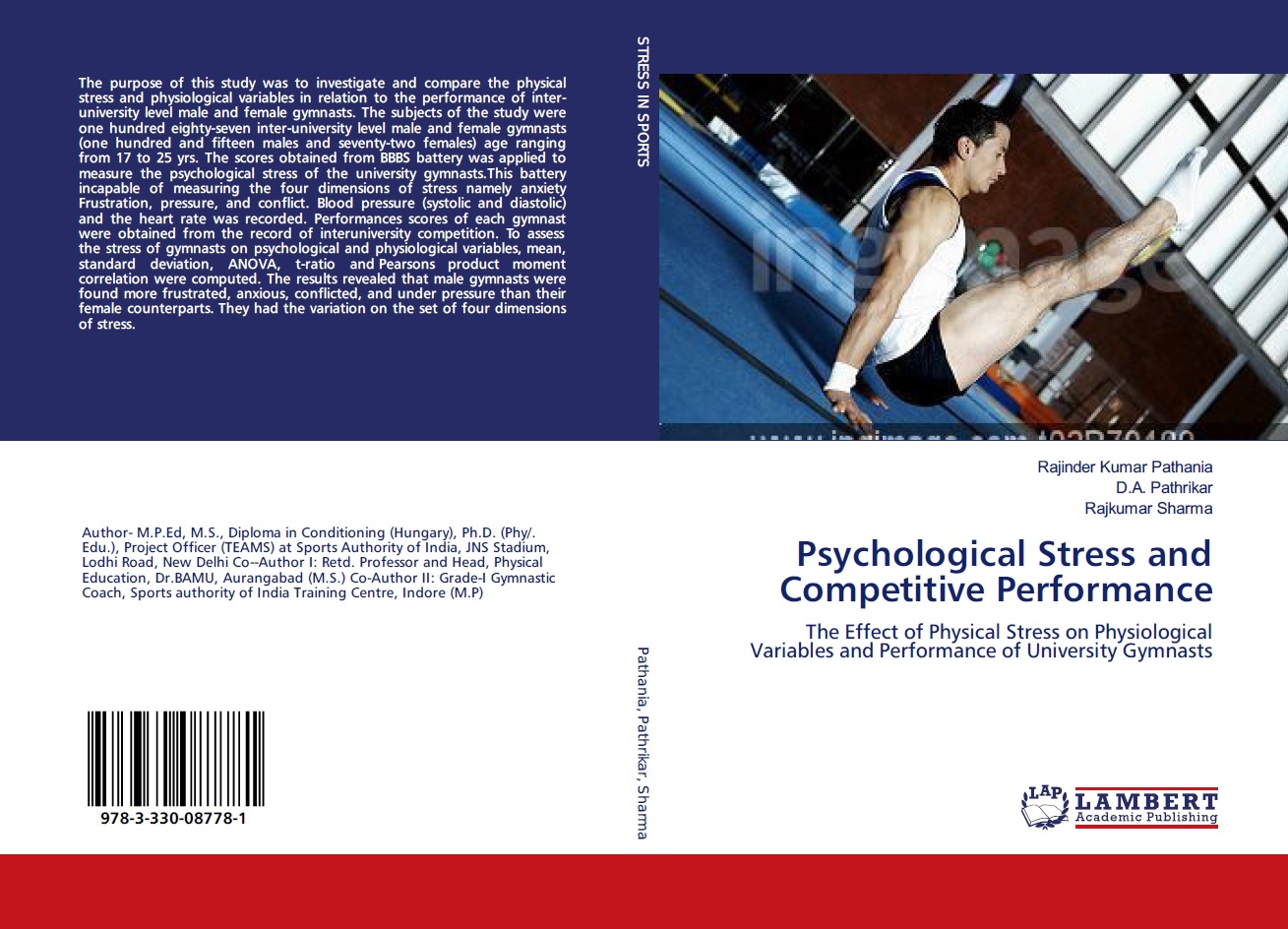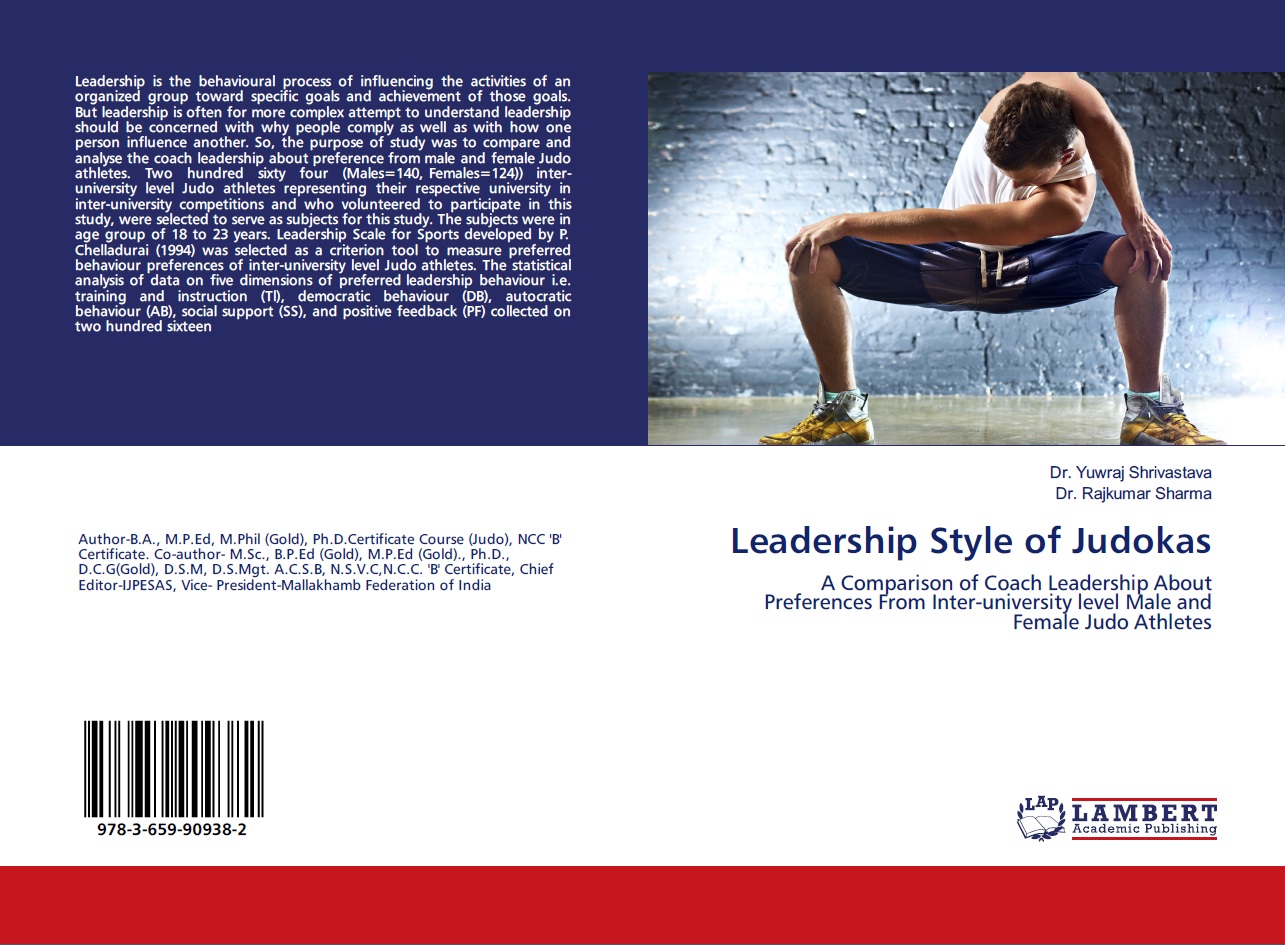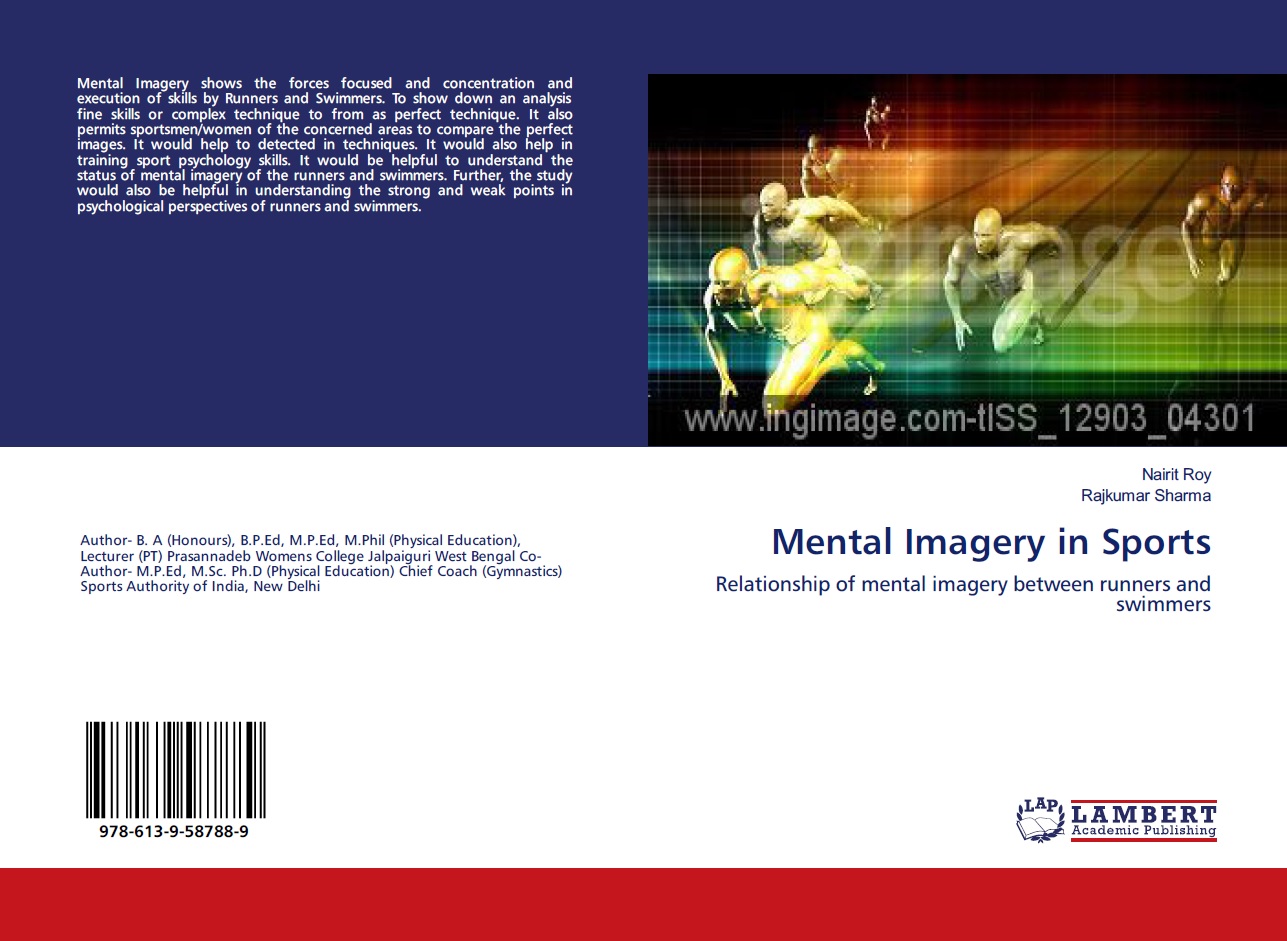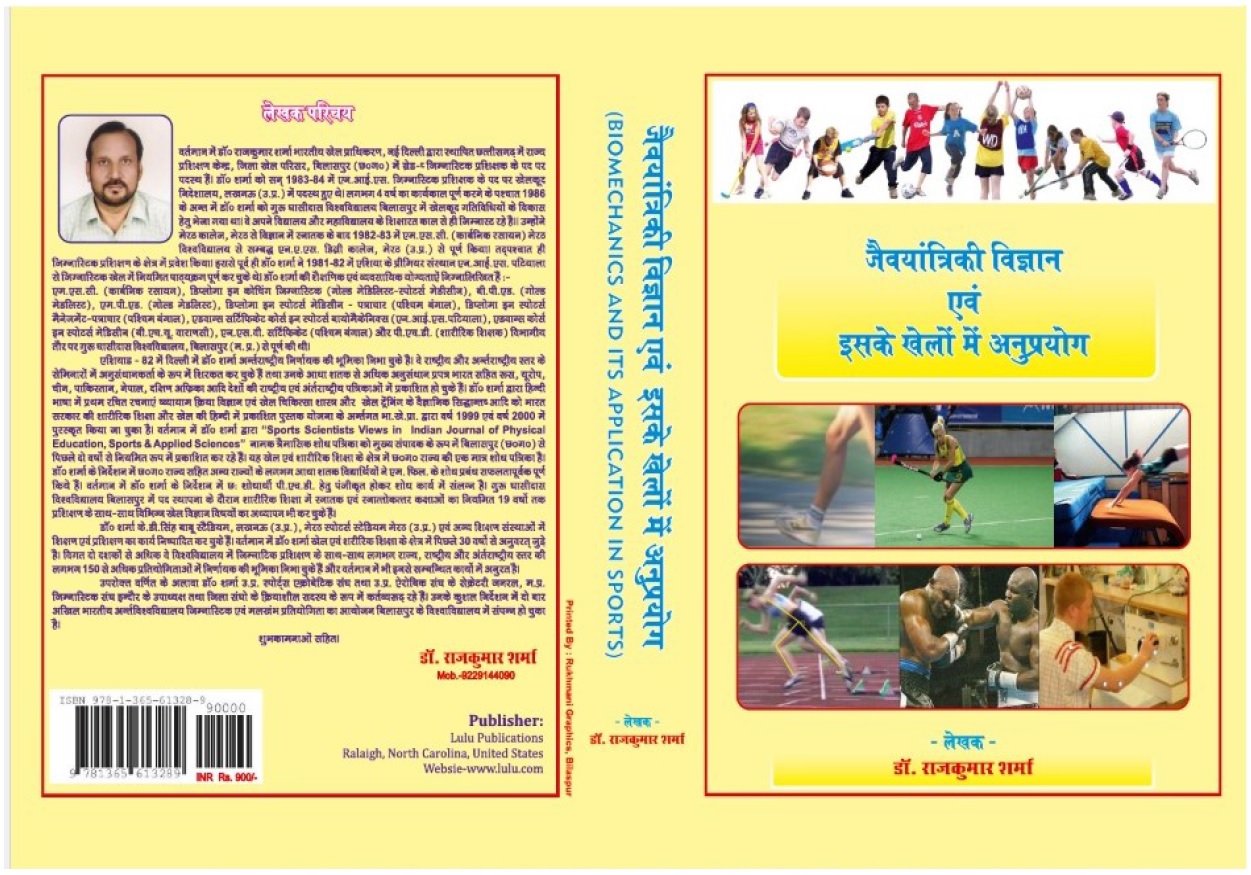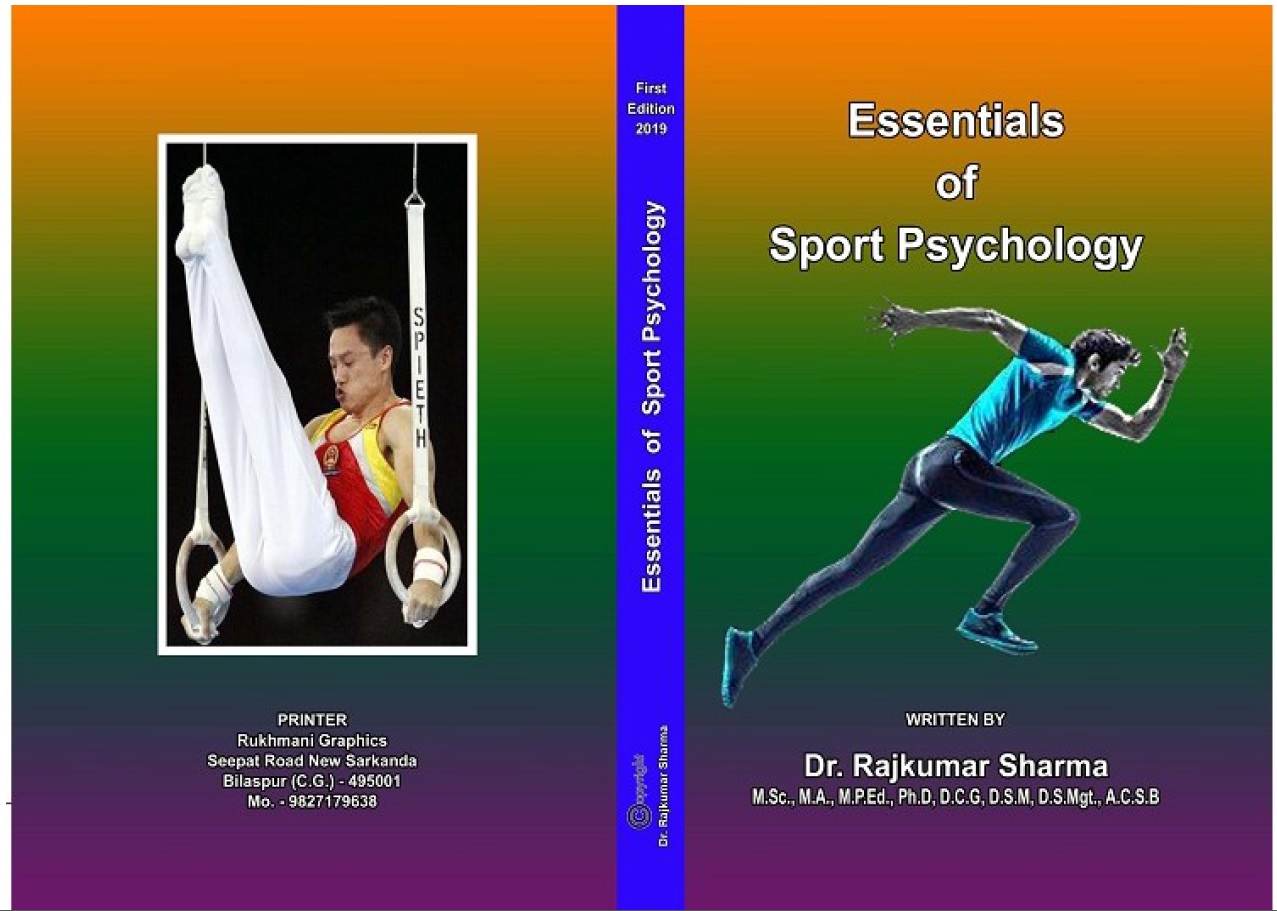| S.No. | Total View Count | Title of Manuscript | Page No | Download/ PDF |
|---|---|---|---|---|
| 1 | POTENTIAL OF HYPER-GRAVITY TRAINING TO IMPROVE SPORTS PERFORMANCE IN ENDURANCE ATHLETES Author: Snehdeepinder Singh1 And Ambuja Bhardwaj2 | 32-37 |  8 8 |
Article info
doi no.: 05-2016-44975451;
AFFILIATIONS:
- Physiotherapy Student, RIMT University, School of Physiotherapy.
- Assistant Professor, RIMT University, Department of Physiotherapy, School of Physiotherapy.
Professional athletes utilized modern methods like hyper-gravity training to improve their performance. In order to improve sports performance, hyper gravity (H.G.) tends to be the only countermeasure 6 that may be utilised to stack or challenge bone, muscle, and the cardiovascular and vestibular systems. In hyper-gravity training, we use weighted vests as a form of wearable resistance that 3 allows an overload to be evenly distributed near an individual's centre of mass, potentially increasing the ability to produce ground reaction forces and power production. Versatile reaction to preparing with high loads has both neurogenic and myogenic components. Hyper-gravity training has a beneficial effect on developing muscle strength, quickness at sprinting, balance, power, agility, and platelet function. Weighted vest training has shown excellent results, with athletes able to increase their performance by 10% after just three to ten weeks of training.
Keywords:Training, Athletes, Male, Groups, performmance, Soccer.
References
Alos, J.A., F J.Alcala , R.,Pino, M. J. (2006). Extracurricular activities and academic performance in secondary students. Electronic Journal of Research in Educational Psychology,ISSN. 1696-2095. No 8, Vol 4 (1): 35- 46.
Barbosa, S.C.,Coledam,D.H.,StabeliniNeto, A., Elias,R.G., & Oliveira, A.R.(2016).School environment, sedentary behavior and physical activity in preschool children. Rev Paul Pediatr, 34(3):301-8.
Bartolomeo,G.D., &Papa,S. (2017).The effects of physical activity on social interaction: The case of trust and trustworthiness.Journal of Sports Economics,https:/doi.org/10.1177/1527002517717299.Burga-Falla,
Esmaeeli, T. (2008). Discussion of Extracurricular, Theoretical Pattern of Subsystem of Planning Course and Education Technology from Pattern of Designing National Document of Education, Tehran: Ministry of Education.
Fathi, F (2005).Provision of Check- list of Measurement of Social Skills Transferable from Teachers to High school Students.Human Sciences Research of Isfahan University, autumn and winter, 19: 175- 206.
Fathi, K.(2007). Syllabus toward New Identities, Tehran: Ayiizh Publication.
Ganji, H. (2008). Mental Health, Tehran: Arasbaran Publication.Hancoc k, D.,Dyk, P.H.,&Jones,
J. M., et al.(2024). International Journal of Society, Culture, & Language, 12(1), ISSN 2329-221.
Javadipoor, M. (2006).Designing and Authentication of Expected Program of Physical Education Course in Elementary period in Iran, Research in Sports Sciences, 12.
Ji, H., & Zheng,C.(2021).The influence of physical exercise on college student mental health and social adaptability from the cognitive perspective. 69(2):651-662. doi: 10.3233/WOR-213506.PubMed.
K, (2012).Adolescent Involvement in Extracurricular Activities Influences on Leadership Skills.Journal of Leadership Education, 11(1):96-97.
Kim,S.Y.,&So,W.Y.(2012). The Relationship Between School Performance and the Number of Physical Education Classes Attended by Korean Adolescent Students.J Sports Sci Med, 11(2): 226–230.
Lunenburg, C. F. (2010).In Extracurricular Activities Schooling (Vo1, No. 1, pp. 1-4.). Boston: Sam
Houston State University
Li, J., &Shao,W.( 2022). "Influence of Sports Activities on Prosocial Behavior of Children and Adolescents: A Systematic Literature Review," IJERPH, MDPI, vol. 19(11):1-20.
Massoni, E.A,.(2011). Positive Effects of Extra Curricular Activities on Students. {https://api.semanticscholar.org/CorpusID:150516616}.
Merkel, D.L.(2013).Positive and negative impact on young athletes.Open Access J Sports Med. 4: 151–160.
Moore,Q.L.,Kulesza,C.,Kimbro,R.,Flores,D., &Jackson,F (2020). The role of prosocial behavior in promoting physical activity, as an indicator of resilience, in a low income neighborhood.National library of Medicine,46(3-4):353-365. Doi: 10.1080/08964289.1712647.PubMed.
Seif, A. (1992). Teacher- Centered Education and Book- Centered Education, Articles Set of First Expertized Seminar of Distance Education, April 21-May 21.
Shoarinezhad, A. (1998). The role of Extracurricular Activities in Education of Adolescents, Tehran: Amir Kabir Publication.
Sobhaninezhad, M. (2008).Specification of Challenges and Methods of Applying Extracurricular Activities of Schools for National Education of Students. Articles Set of First Meeting of Education and Informal Learning, Mashhad: FerdowsiUniversity,Iran.
Wan, Y., Zhao,Y. , &Song,H. (2021). Effects of physical exercise on prosocial behavior of junior high school students.8(12): Dec> PMC8699934,PubMed Central.
West, D., & Butcher, C. (1997).Fundamentals of Physical Education and Exercise. Translated into Persian by Azad, A; Second Publication, National Olympic Committee, Islamic Republic of Iran.
Zahedi, M. (2003). Educational Activities, Tehran: Amir Kabir Publication.
 admin@sportscientistsviews.com
admin@sportscientistsviews.com

